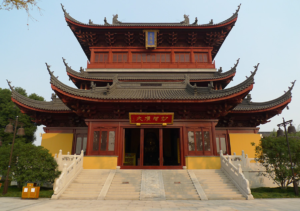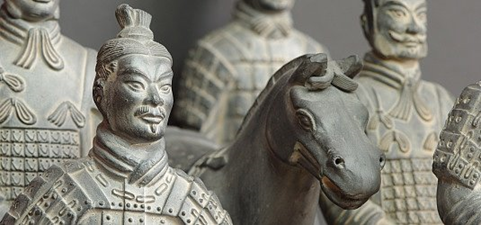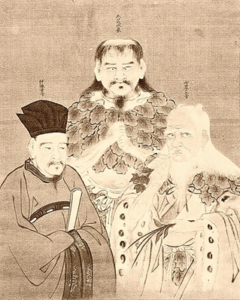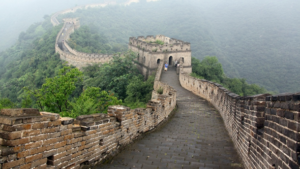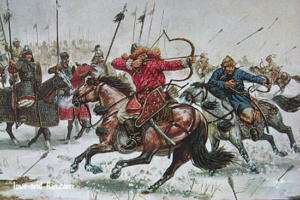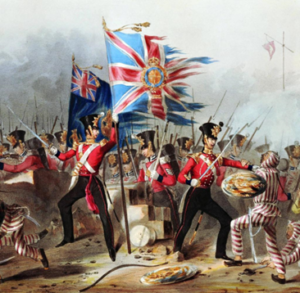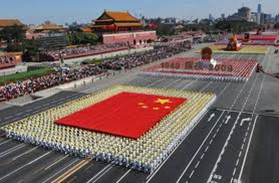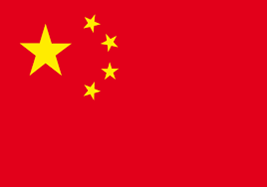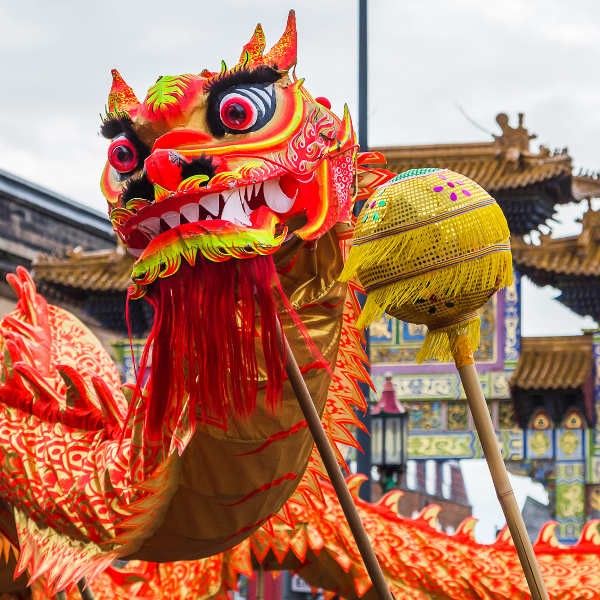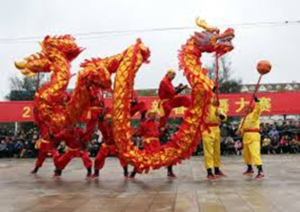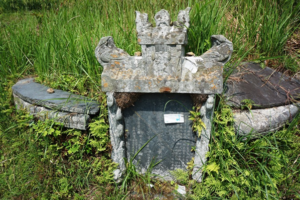Primary school:
- 6 years from the age of 6
- Chinese, mathematics, PE, natural sciences, music and art; English from 3rd grade
- Obligatory
Secondary school:
- general education, vocatioal training or technical secondary schools
- 6 years in total
- 3 years lower school, obligatory
- 3 years advanced
- From the 11th grade devided into a natural sciences and a humanities branch
- After the 12th grade: Graduation (Gao Kao/高考)
- Chinese, mathematics, a compulsory foreign language (mostly English), phisics, chemistry, biologie, technology, computer science, PE, art, music, ethics, economics, history and geographie
University:
- Limited number of graduates
- Division by scores
General:
- school uniform
- high discipline
- Competition amongst students
differences in Germany:
- just 4 years at primary school
- Division into 3 branches by scores from 5th grade
- no school uniform
- less competition
(Zeno Braun)


